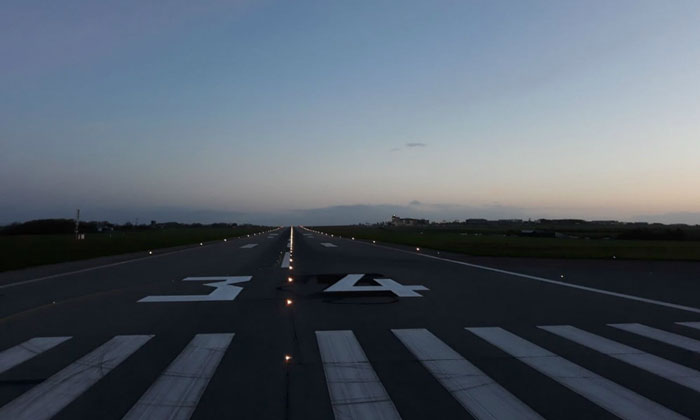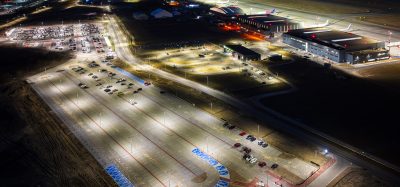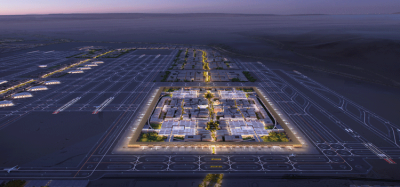Cork Airport runway rechristened due to shifts in the world’s magnetic poles
- Like
- Digg
- Del
- Tumblr
- VKontakte
- Buffer
- Love This
- Odnoklassniki
- Meneame
- Blogger
- Amazon
- Yahoo Mail
- Gmail
- AOL
- Newsvine
- HackerNews
- Evernote
- MySpace
- Mail.ru
- Viadeo
- Line
- Comments
- Yummly
- SMS
- Viber
- Telegram
- Subscribe
- Skype
- Facebook Messenger
- Kakao
- LiveJournal
- Yammer
- Edgar
- Fintel
- Mix
- Instapaper
- Copy Link
Posted: 1 May 2018 | International Airport Review | No comments yet
Airports around the world have to rename their runways once every 50 years due to roving magnetic fields.


BIG DAY: The designations make it easy for pilots landing at airports they might be unfamiliar with to pick the runway they have been told to land on
Cork Airport has completed the renaming of its main runway, following changes to the earth’s magnetic poles.
The airport’s runway, which was designated as Runway 17/35 in 1961, is now Runway 16/34. The re-designation is a result of changes to the earth’s magnetic poles in the past 57 years, which have shifted the runway’s magnetic headings. The two numbers mark the same runway being approached from two different directions. The runway now stands at 164°M and 344°M (or degrees clockwise off North) respectively.
The re-designation, took place early on Thursday April 26 before the first wave of departing flights.
Con Dooney, General Manager Operations and Safety at Cork Airport said: “Cork’s two-digit runway designator is crucial for pilots during take-off, landing and taxiing. Thanks to the coordinated efforts by Cork Airport and the Irish Aviation Authority, we are delighted to complete the renumbering overnight without any delay to our busy first wave of departing flights.
“Work on the actual repainting of the runway numbers started as soon as the final flight landed last night to be finished in time for the first departure this morning at 6am.”
Nathan Wall, Safety Lead at Cork Airport added: “This project was initially set in motion two years ago. The repainting of runway numbers is the final step in the process, which has also included the updating of pilot charts and airport directories, along with briefings to air traffic controllers, our Airside Management Unit and colleagues in Airport Operations on the new designation.”
Airport runway numbers change approximately every 50 years, with the next re-designation for Cork Airport due in 2068. It is a result of the fact that the earth’s magnetic poles roam continuously. The North Pole has, according to an article in Scientific America, drifted North at an average rate of 10 kilometres a year since it was first located in 1831.
Related topics
Air traffic control/management (ATC/ATM), Aircraft, Airport construction and design, Runways and pavements


















